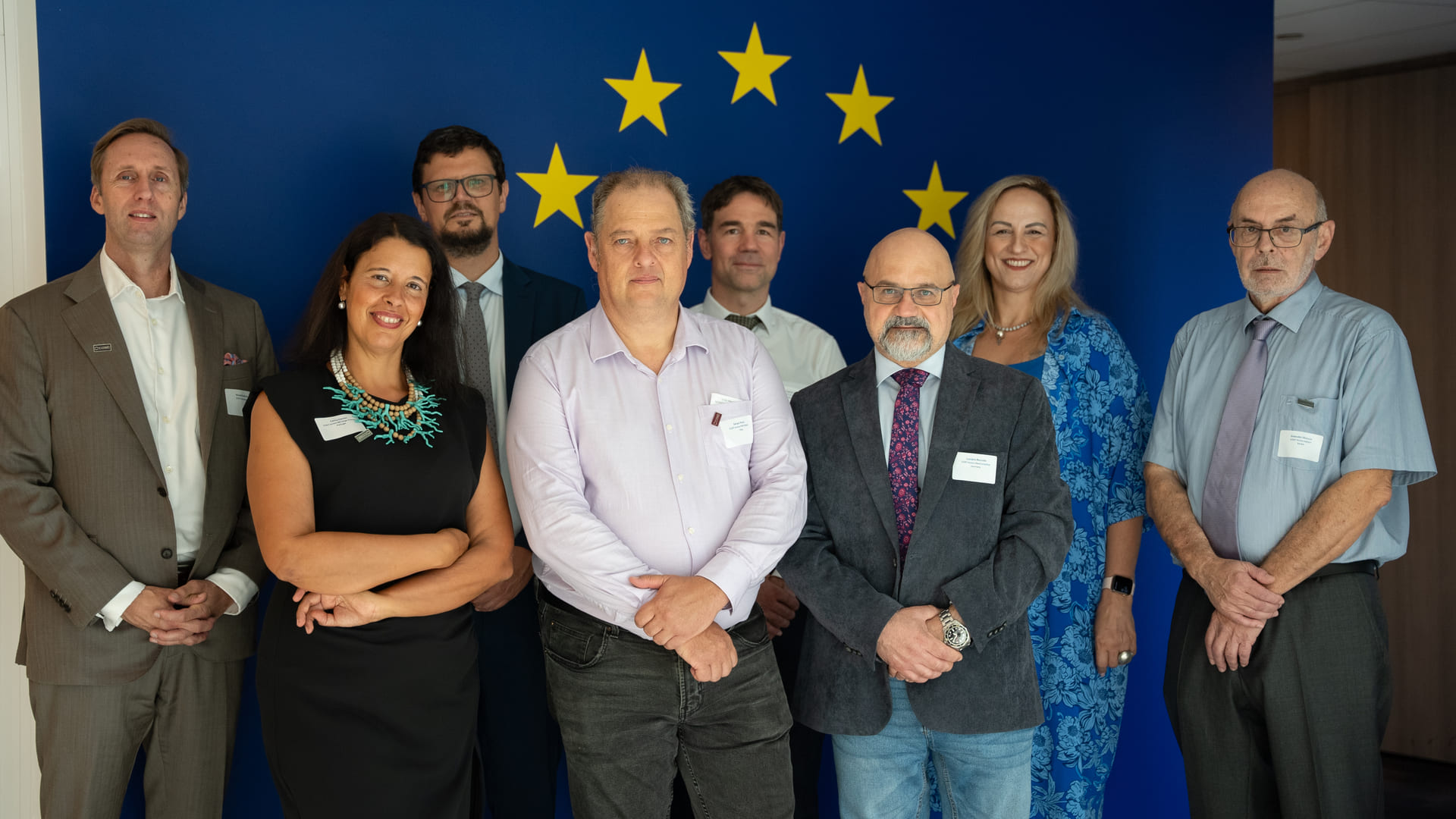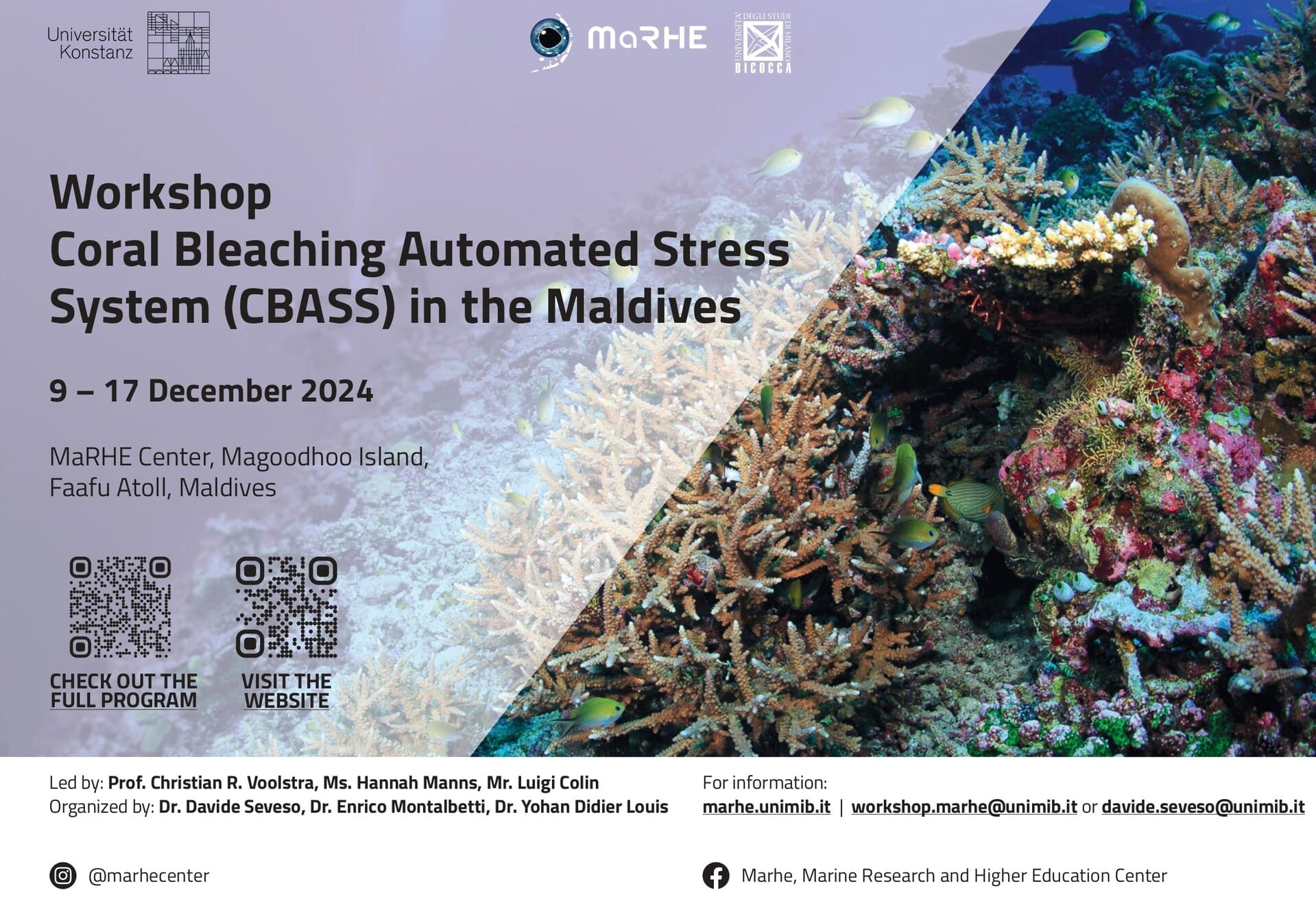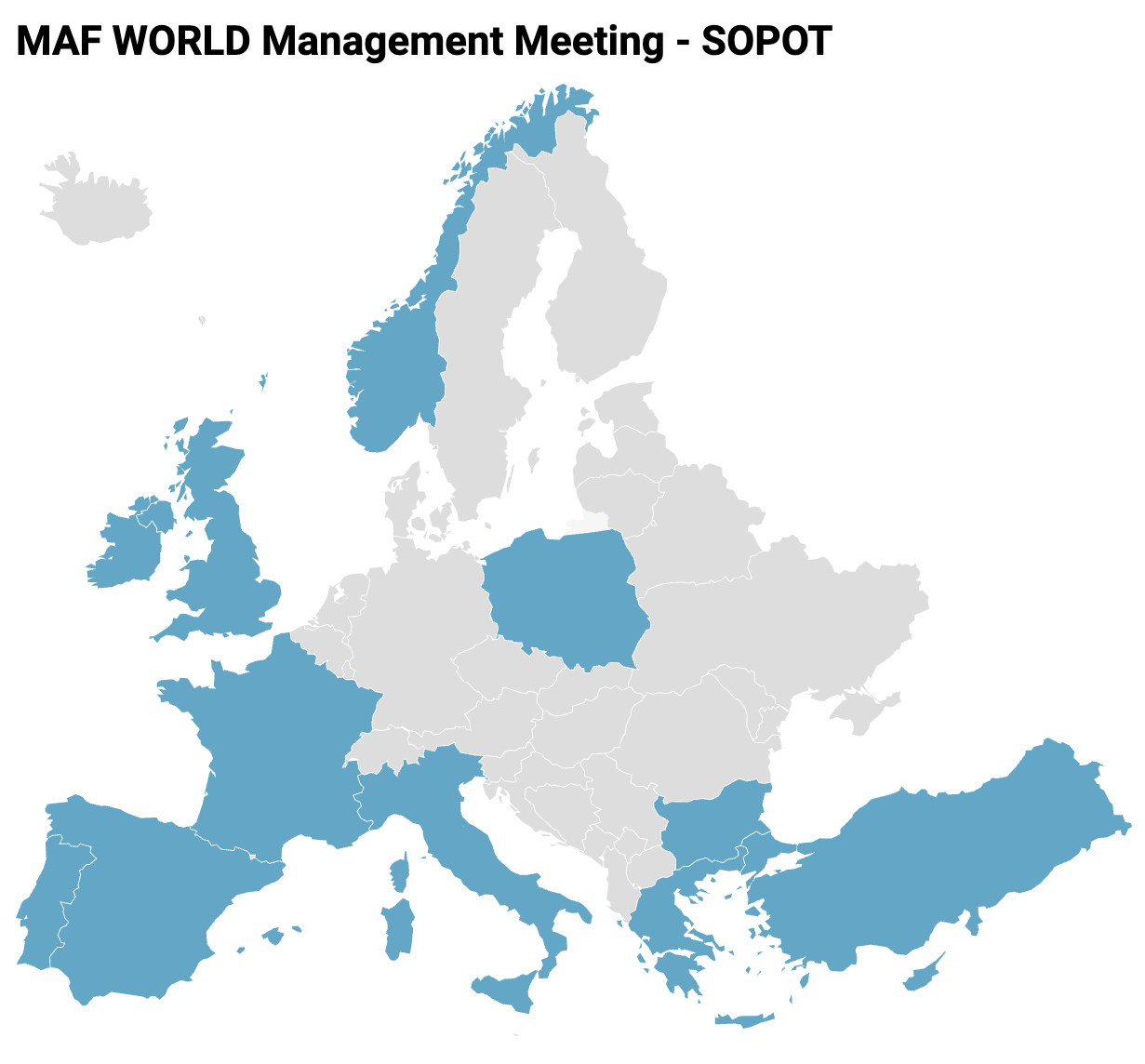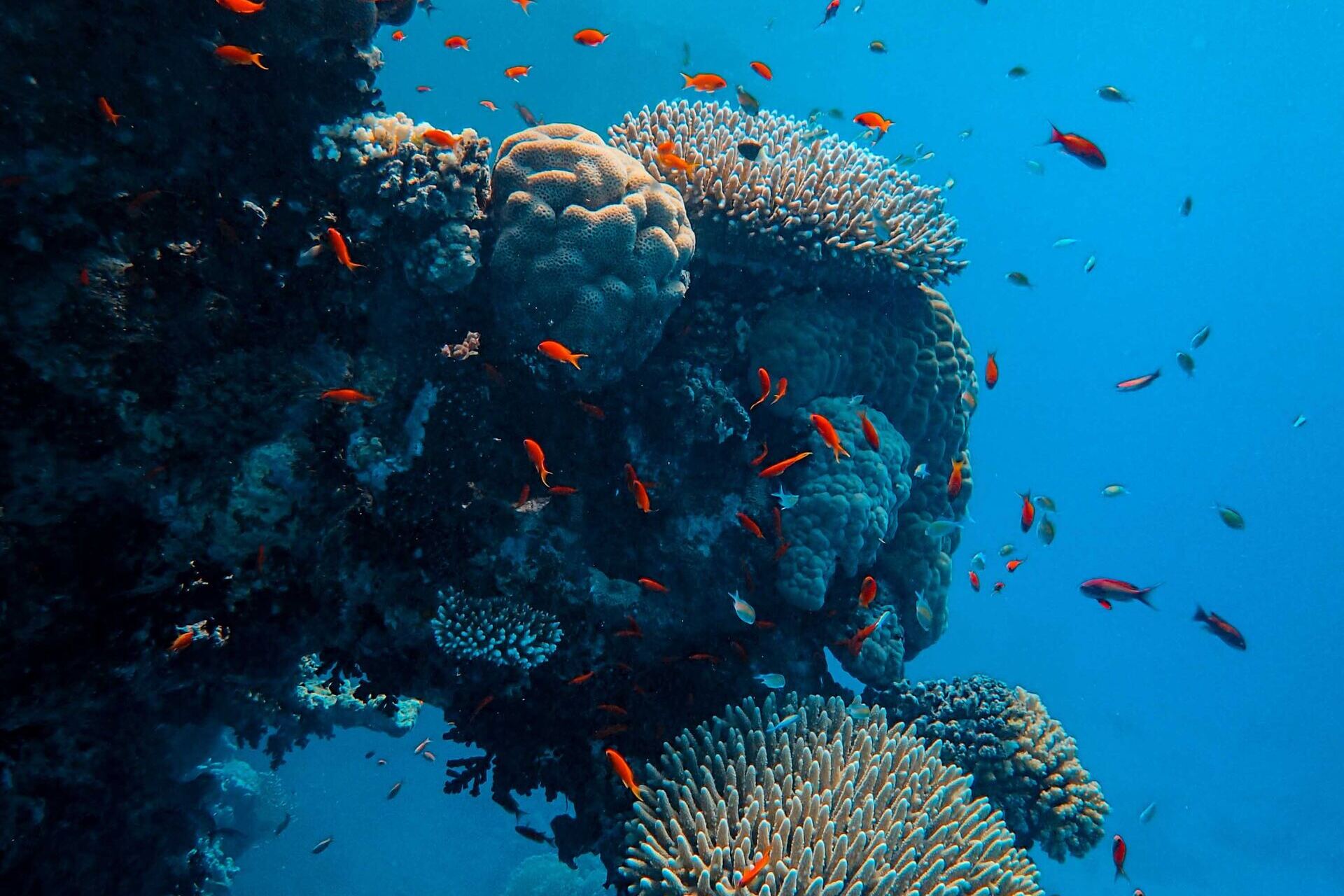Our MafWorld – COST Action (CA 20102) Chair Sergio Rossi Heras is in New York for the joint event organised between COST Association – European Cooperation in Science and Technology and National Science Foundation (NSF) at the Science Summit around the 78th United Nations General Assembly to promote COST Actions’ contribution to the United Nations’ work.
The main session “Expanding scientific frontiers via international cooperation and networking” highlights the power of international #scientificnetworking and research cooperation. It will help to discover and understand how initiatives like the European COST Programme and the US National Science Foundation Accelnet Program are driving innovation and advancing progress towards #SustainableDevelopmentGoals. During the session, Action coordinators will present successful examples, discuss the model for international networking, and provide opportunities to connect with funded teams. Don’t miss this chance to gain insights and expand your global scientific expertise.
For more information about the Session please visit: the following link.






